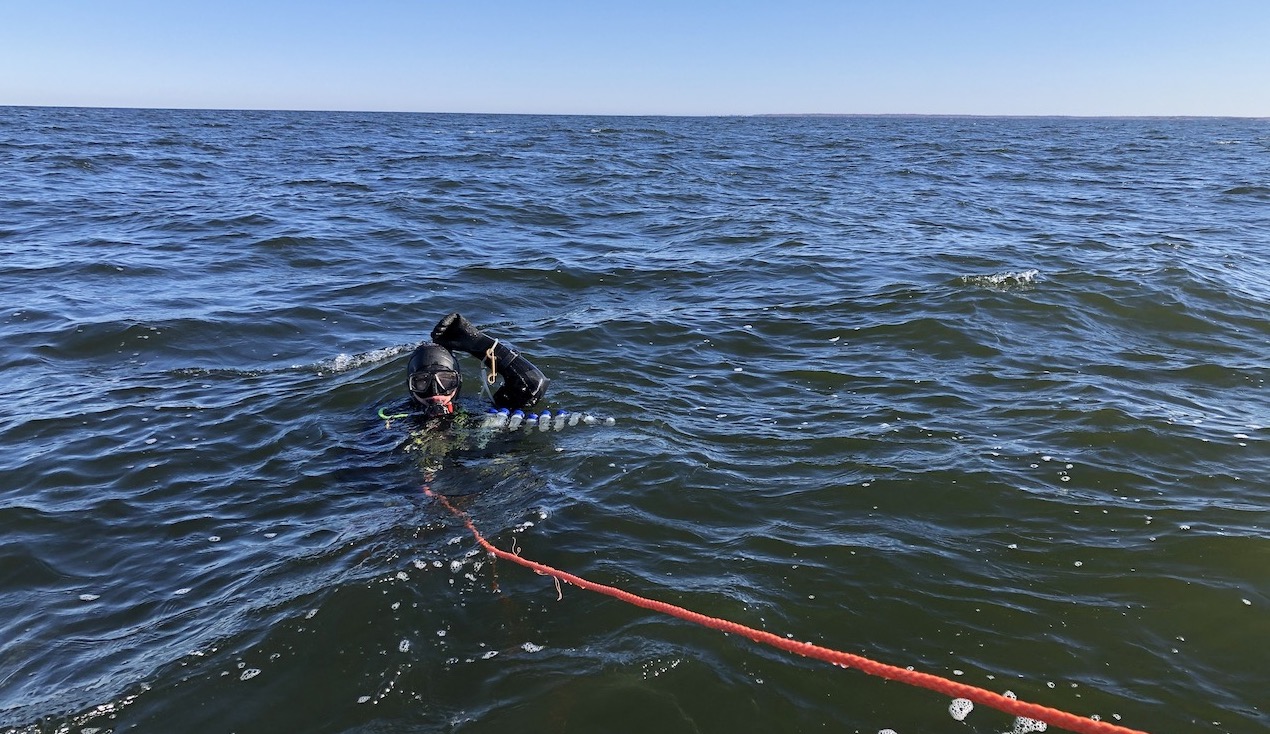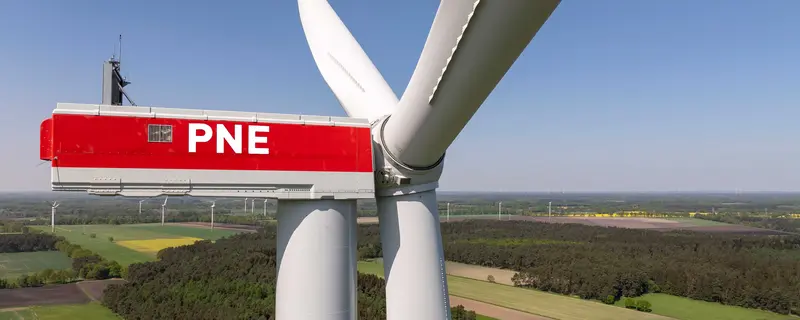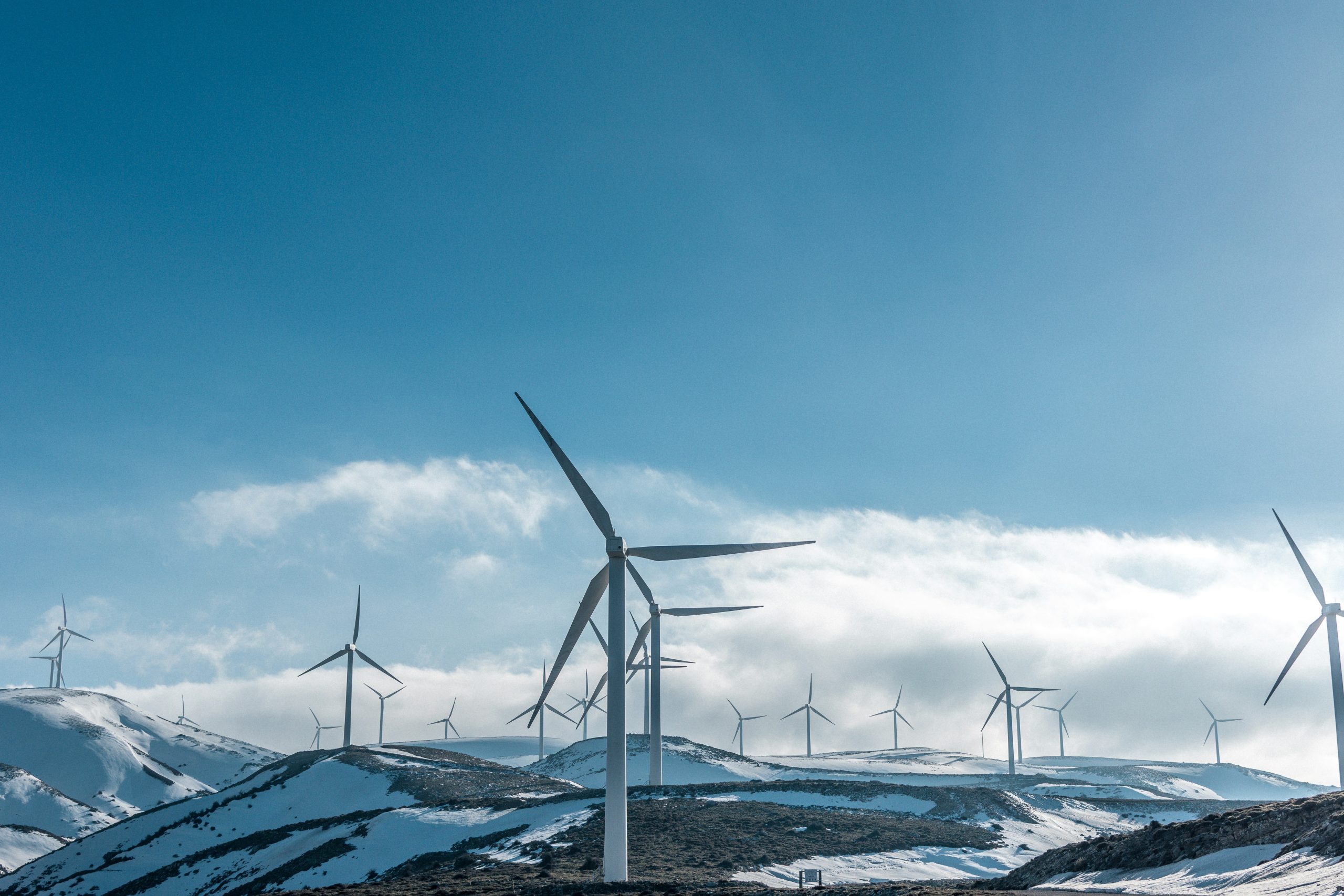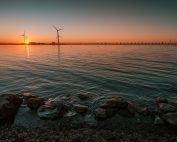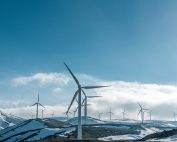Recently, at BalticWind.EU we informed that the Finnish forestry company Metsähallitus is planning to build the Korsnäs offshore wind farm, which will be located 15 km from the coast of the municipality of the same name in the waters of the Baltic Sea. Environmental research has already started in the farm area.
Metsähallitus announces that the nature studies necessary for the Environmental Impact Assessment (EIA) of the Korsnäs Offshore Wind Farm have started. Herring spawning grounds and bird migration routes are examined. Alleco, a subcontractor of ADRY Finland,
a consulting partner of Metsähallitus, is responsible for the research of the herring.
Alleco has many years of experience in underwater research. The research is carried out with the help of divers at a depth of up to 10 m. Potential spawning grounds of herring in the area of the future offshore farm are assessed. Herring roe is also sought. Samples are used to determine the degree of fish development and the importance of a given sea area for fishing.
Ville Koskimäki, development manager for a wind energy project at Metsähallitus, announced that spawning grounds will be surveyed in the fall. It is also planned to conduct an interview among fishermen.
The VEBIC (Vaasa Energy Business Innovation Center) entity belonging to the University of Vaasa is responsible for the study of the bird population. Scientists have already started their activities. This year, it is planned to calculate the population of carbonaceous birds. The research will be complemented by monitoring carried out in spring and autumn in 2022.
Pertti Tapio from Metsähallitus stressed that the location of the Korsnäs offshore farm was indicated as far as possible from the Kvarken archipelago (UNESCO World Cultural and Natural Heritage), nature reserves and fish spawning grounds.
The Korsnäs offshore wind farm planned by Metsähallitus will be located in a water area managed by Metsähallitus, approximately 15 kilometers from the coast. The installation will include 70-100 turbines with a total capacity of approximately 1,300 MW. This means that its power plants would generate around 5,000 GWh of electricity per year.
Source: Metsähallitus
